To provide observations and information on the emerging fields of landscape scale conservation, heritage preservation, and sustainable community development.
Newsletter
Stay up-to-date with the latest nature, culture and community news.
We won’t spam you or share your information. Newsletters are sent approximately 10 times a year. Unsubscribe at any time.
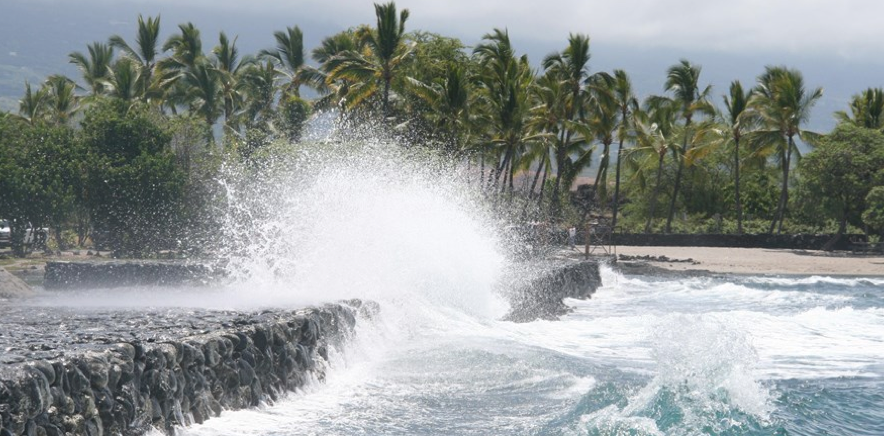
Back to the Future for National Parks
Could a “back-to-the-future” approach to National Park policy aid the agency in setting goals for the 21st century? Might the 1970s, the era that brought us stagflation and disco hold some clues as to what the future might bring for conservation in the United States?
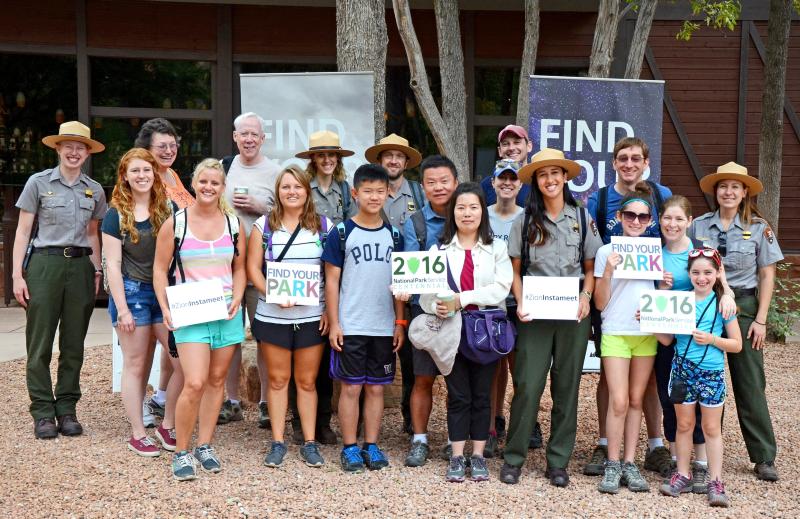
Anniversary of the NPS: Building on a Legacy?
This post , NPS and Anniversaries, first ran in our September 2015 newsletter. We are re-printing it now in an effort to spark conversation not only about the NPS centennial, but also the legacy of the Obama Presidency and National Parks more generally. After almost 8 years, what do you see as the primary imprint of the Administration on the National Park System and other public lands? What will be the long term impacts of the administration’s efforts to protect resources on a landscape scale and tell the history of all Americans? What about the direction of the 2016 Centennial? And most importantly, what will be the emphasis of the next administration?
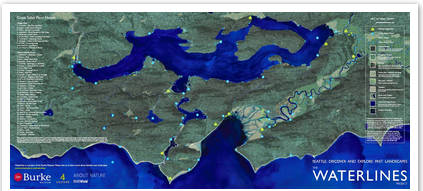
Revealing a Lost Landscape
Urban areas have been and continue to be dramatically shaped by the intersection of human and non-human nature. Yet, these relationships are often hidden, with cities labeled as somehow unnatural or “less-than” areas where the influence of humans is perhaps not as visible. Recent work in Seattle seeks to challenges these narratives through the use of innovating mapping and artistic interpretation.
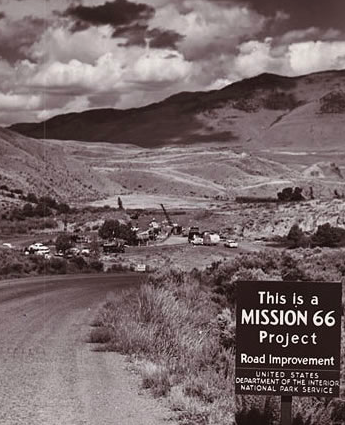
NPS and Anniversaries
In 2016, the National Park Service will celebrate its 100th anniversary. If you work for or with the NPS, this is probably old news. However, for those outside of conservation and preservation circles, the information may well come as a surprise. Coverage of the upcoming NPS centennial in popular media has been relatively scarce, with prominent sources like the New York Times, Washington Post and Los Angeles Times, for example, devoting little coverage to the Agency’s plans for the upcoming year. What, if anything, does this relative lack of attention reveal about the current and future state of the NPS as well as its many affiliated programs and partnerships?
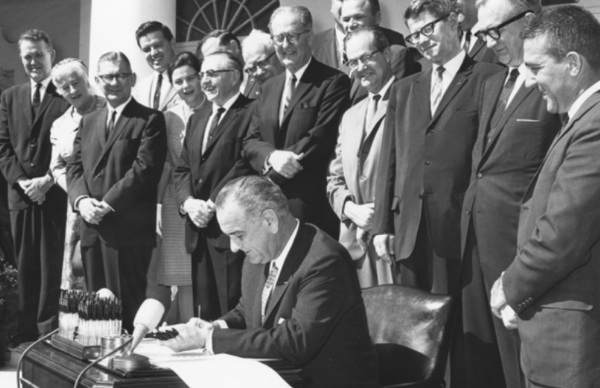
Half-century Legacy of LWCF at Risk
In just about one month, the Land and Water Conservation Fund is set to expire, a deadline that threatens to halt one of the country’s most effective landscape protection initiatives. Recent weeks have brought news of progress towards a bi-partisan resolution, but until a bill passes Congress, the future remains uncertain. What was the context of the program’s passage in 1964 and how did members of the Johnson Administration view the bill?

Back to the Future for National Parks
Could a “back-to-the-future” approach to National Park policy aid the agency in setting goals for the 21st century? Might the 1970s, the era that brought us stagflation and disco hold some clues as to what the future might bring for conservation in the United States?

Anniversary of the NPS: Building on a Legacy?
This post , NPS and Anniversaries, first ran in our September 2015 newsletter. We are re-printing it now in an effort to spark conversation not only about the NPS centennial, but also the legacy of the Obama Presidency and National Parks more generally. After almost 8 years, what do you see as the primary imprint of the Administration on the National Park System and other public lands? What will be the long term impacts of the administration’s efforts to protect resources on a landscape scale and tell the history of all Americans? What about the direction of the 2016 Centennial? And most importantly, what will be the emphasis of the next administration?

Revealing a Lost Landscape
Urban areas have been and continue to be dramatically shaped by the intersection of human and non-human nature. Yet, these relationships are often hidden, with cities labeled as somehow unnatural or “less-than” areas where the influence of humans is perhaps not as visible. Recent work in Seattle seeks to challenges these narratives through the use of innovating mapping and artistic interpretation.

NPS and Anniversaries
In 2016, the National Park Service will celebrate its 100th anniversary. If you work for or with the NPS, this is probably old news. However, for those outside of conservation and preservation circles, the information may well come as a surprise. Coverage of the upcoming NPS centennial in popular media has been relatively scarce, with prominent sources like the New York Times, Washington Post and Los Angeles Times, for example, devoting little coverage to the Agency’s plans for the upcoming year. What, if anything, does this relative lack of attention reveal about the current and future state of the NPS as well as its many affiliated programs and partnerships?

Half-century Legacy of LWCF at Risk
In just about one month, the Land and Water Conservation Fund is set to expire, a deadline that threatens to halt one of the country’s most effective landscape protection initiatives. Recent weeks have brought news of progress towards a bi-partisan resolution, but until a bill passes Congress, the future remains uncertain. What was the context of the program’s passage in 1964 and how did members of the Johnson Administration view the bill?


